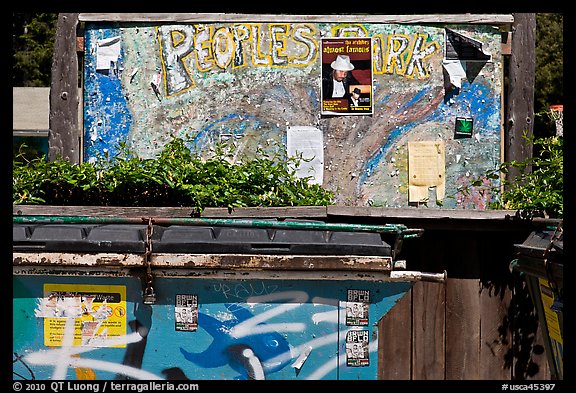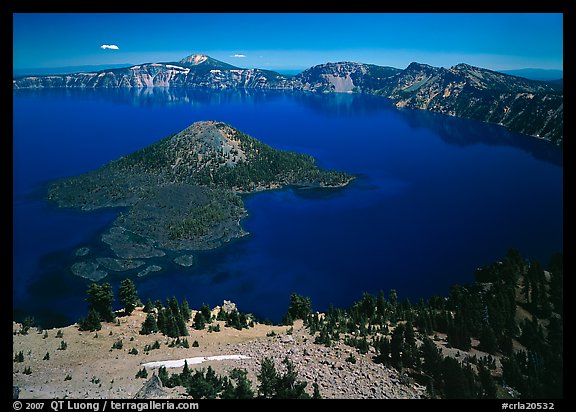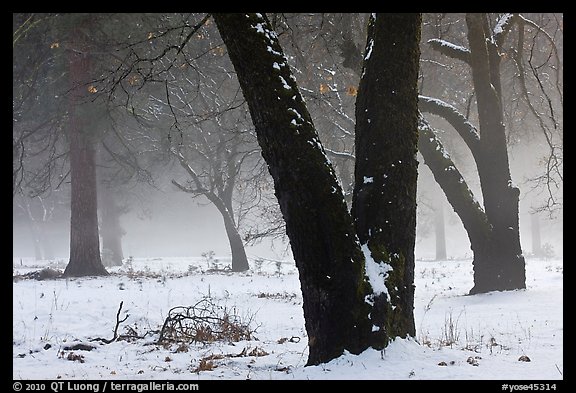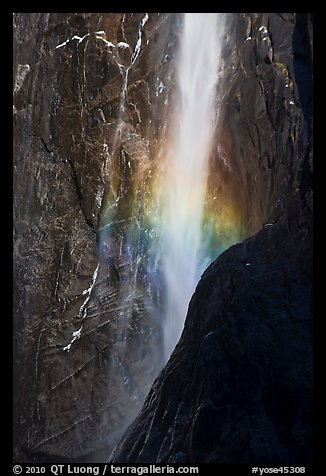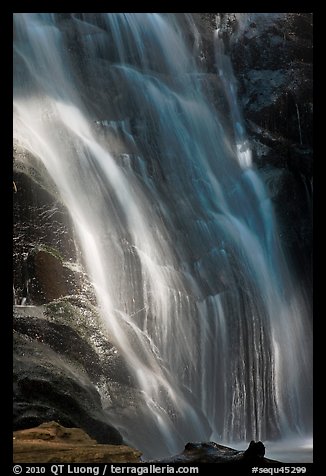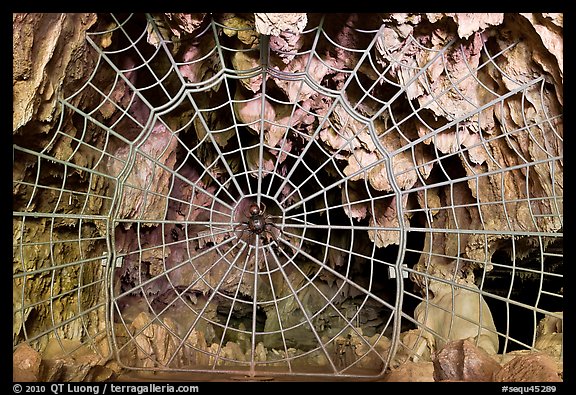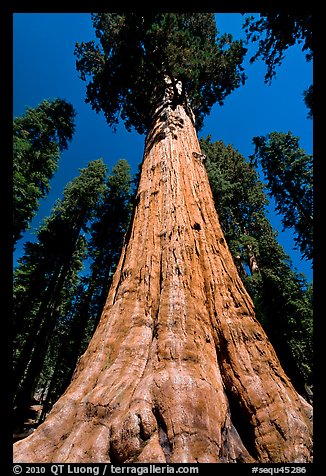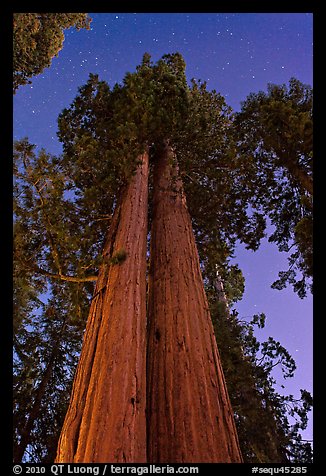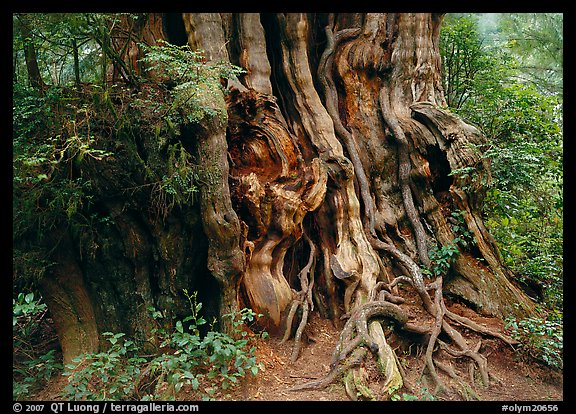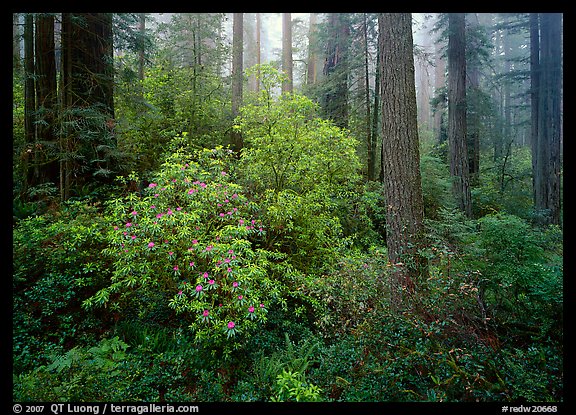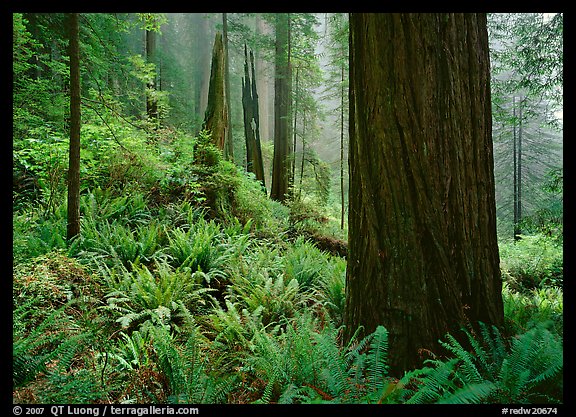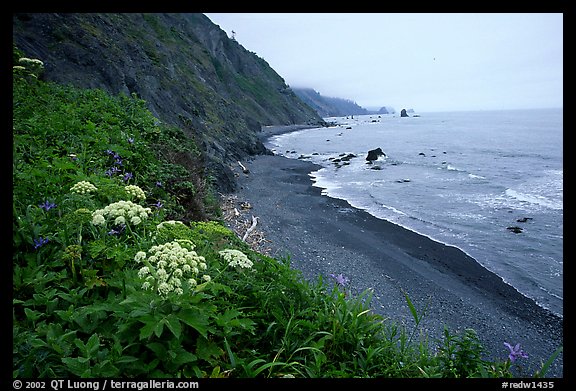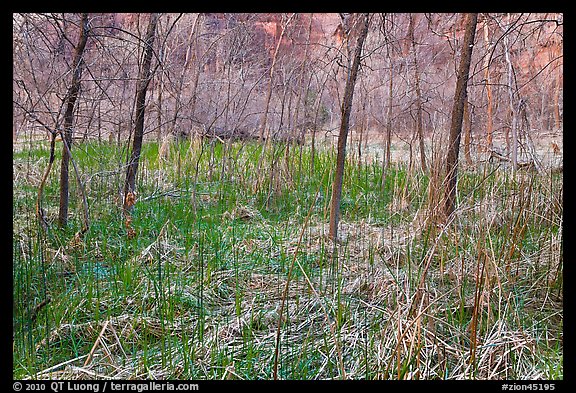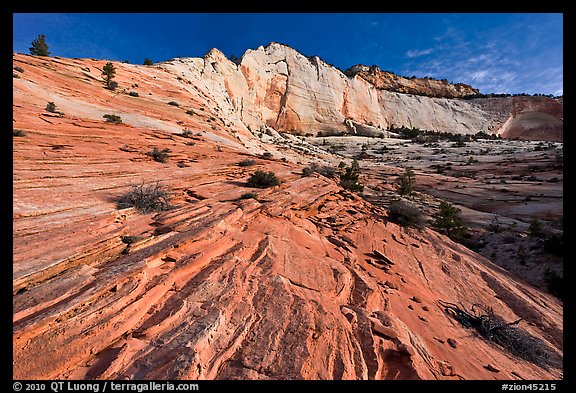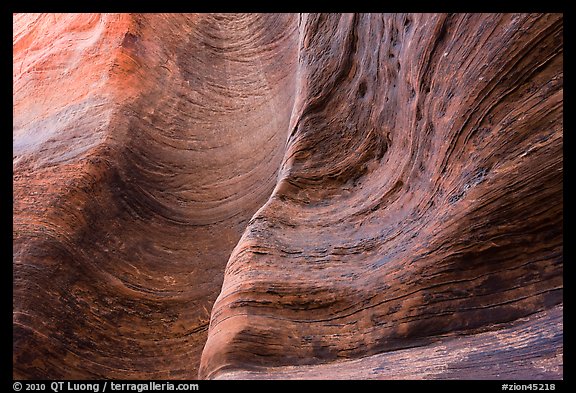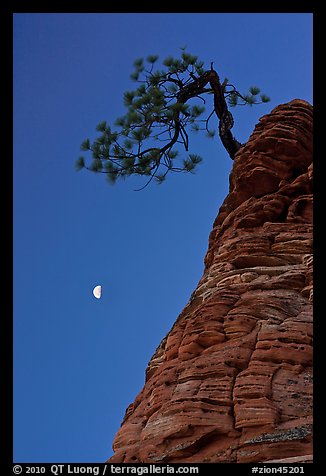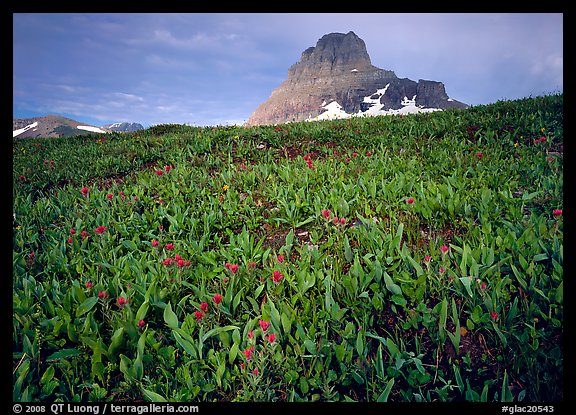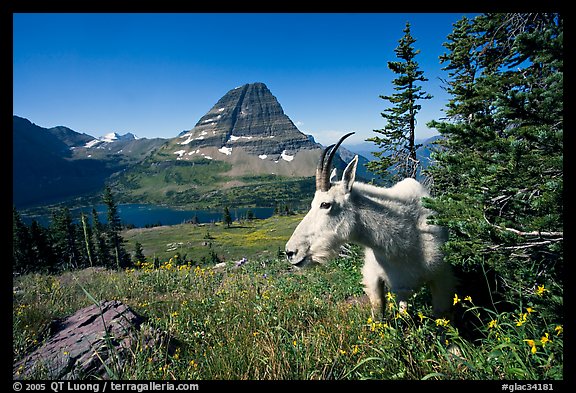Photo Spot 20: Mount Rainier National Park – Reflection Lake
You can see Mount Rainier, the centerpiece of Mount Rainier National Park, more than 100 miles away. The mountain looks huge even from Seattle. While within the park, you can see Mount Rainier from almost everywhere, several lakes around the mountain offer particularly scenic compositions where you can include the reflection of the mountain.
When exploring the park, another wondrous sight, much smaller, lies right at your feet. Fed by the largest snow accumulation in the continental US, wildflowers carpet the sub-alpine meadows below Mount Rainier. I have not seen more dense, reliable, and diverse displays in North America at such an accessible location as the meadows along the trails of Paradise. Because of the heavy snow pack, the flowers do not really start until well into summer, usually mid-July, often peak in early August, and last into early September.
At Reflection Lakes, situated a few miles south east of Paradise, along the loop road, you can enjoy all of those sights at the same spot.
As often, the reflections are clearer when no or little sunlight hits the lake. Close views of flowers benefit from a soft light and a windless time. The mountain views are enhanced by cross-lighting. All those elements point to sunrise, which will be quite early in summer !
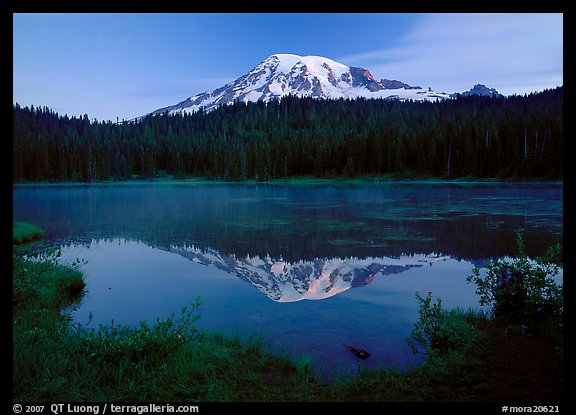
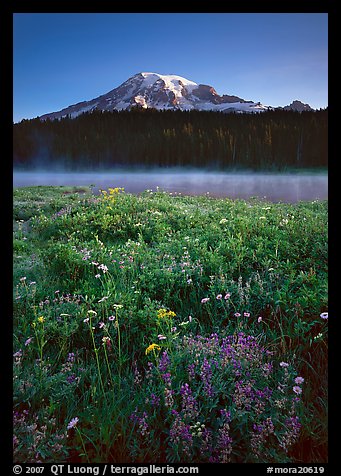
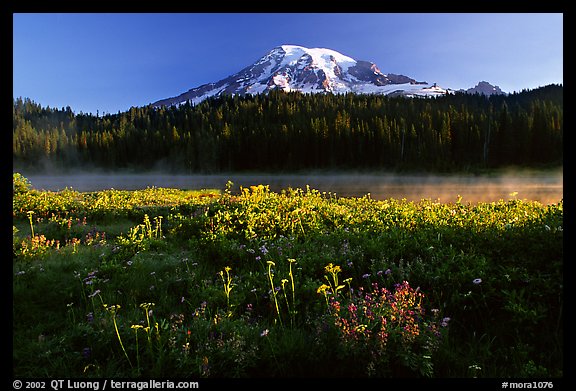
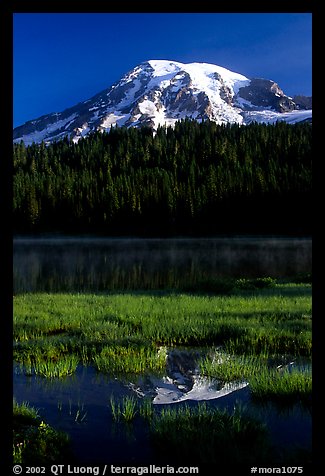
View all images of Mount Rainier National Park


